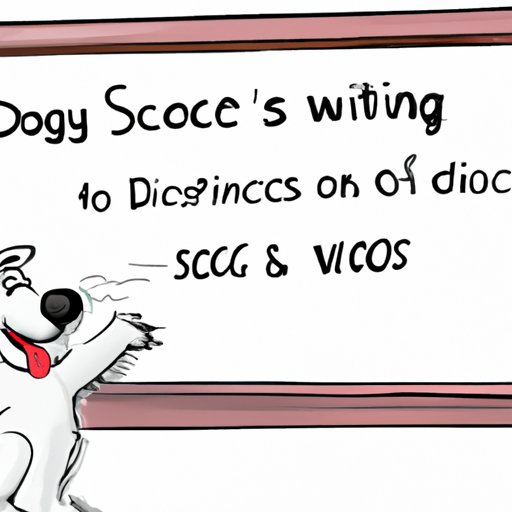Understanding Your Furry Friend
Your furry friend is more than just a pet; they are a part of your family. As a caregiver, you’re always trying to understand your dog better. One of the most captivating behaviors you’ve noticed is your dog’s wagging tail. But have you ever wondered why dogs wag their tails?
The Language of Tails
Dogs use their tails as an important form of communication. Different movements and positions can convey a variety of emotions and messages to other dogs, animals, and even you. It’s not just about happiness. Here are some typical tail positions and their meanings:
- Upright Tail: This usually signifies alertness or dominance.
- Straight Out Tail: Your dog is curious and checking things out.
- Low or Tucked Tail: Signs of fear, submission, or anxiety.
Understanding these signals can help you better cater to your dog’s needs and emotions.
The Science Behind Tail Wagging
While tail wagging is a voluntary action, it’s often an instinctual response to various stimuli. Here’s a simple breakdown:
| Stimulus | Response |
|---|---|
| Excitement | Fast Wag |
| Anxiety | Slow Wag |
| Fear | Tucked and Stiff Tail |
Through this table, we can see how different stimuli elicit distinct tail responses in dogs.
The Health Implications of Tail Wagging
While tail wagging is generally harmless, excessive or unusual wagging can sometimes indicate health issues. These may range from emotional stress to physical discomfort. As a caregiver, monitoring your dog’s tail wagging can help you spot early signs of distress and seek timely veterinary assistance.
The Role of Breed and Personality
Not all dogs wag their tails in the same way. The breed and individual personality of your dog can greatly affect their tail wagging habits. For instance, small breeds often wag their tails faster than large breeds. Similarly, outgoing dogs may wag their tails more frequently than reserved ones.
Frequently Asked Questions
Why does my dog wag his tail when he sees me?
This is a sign of joy and excitement. Your dog is happy to see you.
Why is my dog’s tail always down?
It could be a sign of fear, submission, or discomfort. If it’s constant, it’s best to consult a vet.
Does tail wagging always mean a dog is happy?
No, tail wagging can communicate a variety of emotions, not just happiness.
Can tail wagging indicate health problems?
Yes, excessive or unusual wagging can sometimes indicate emotional stress or physical discomfort.
Is tail wagging the same in all dogs?
No, the breed and individual personality of a dog can greatly affect their tail wagging habits.



